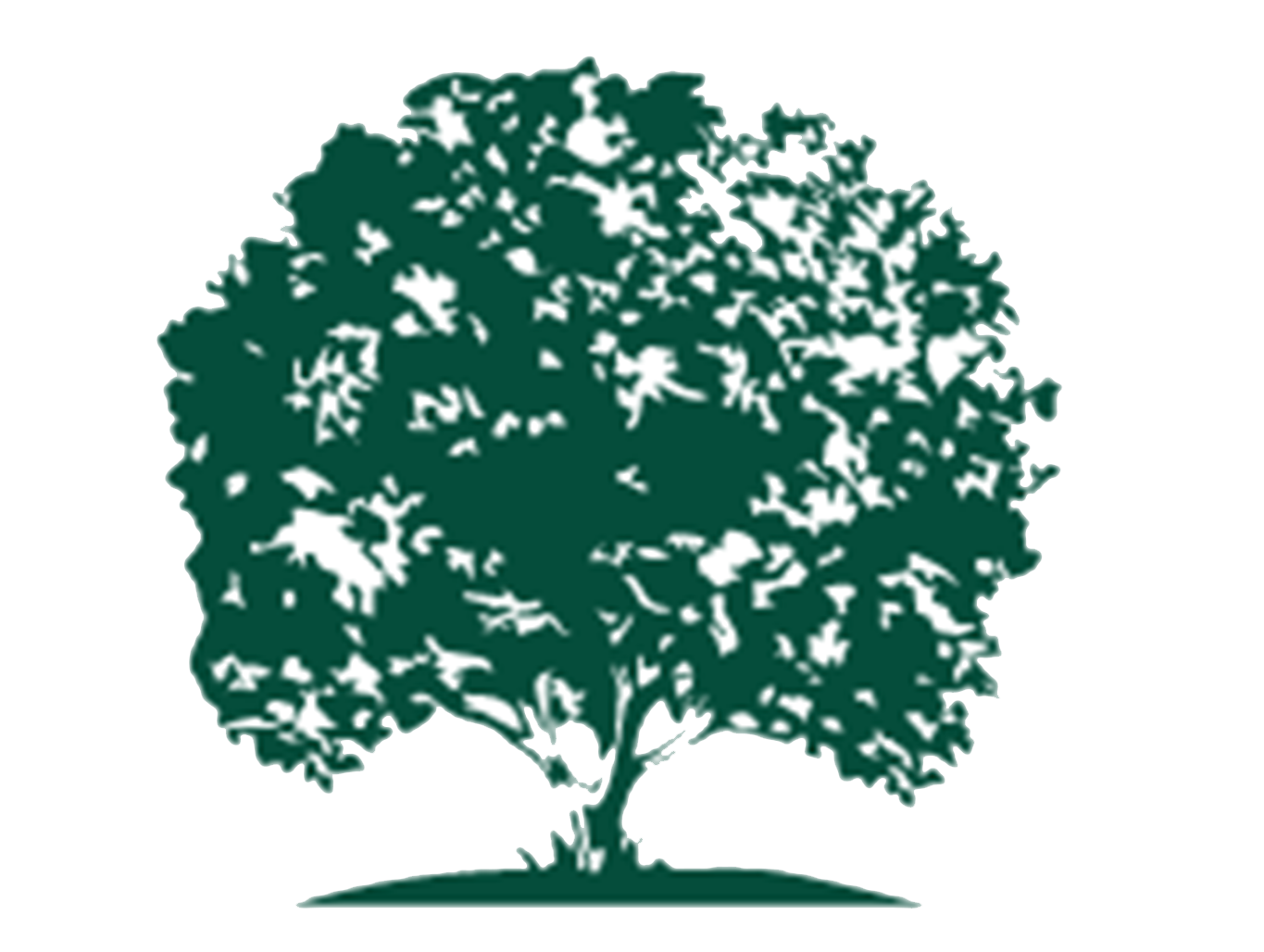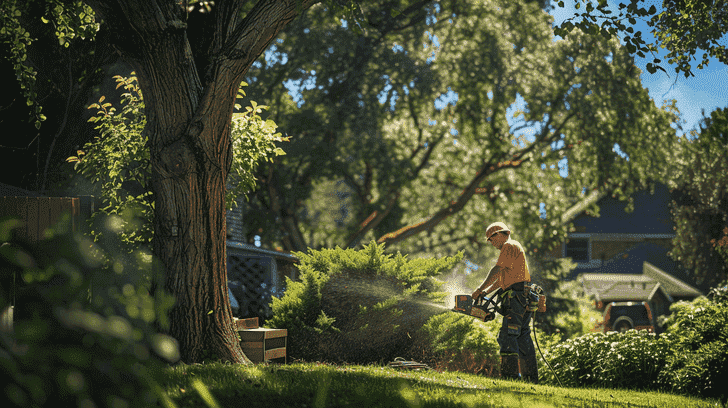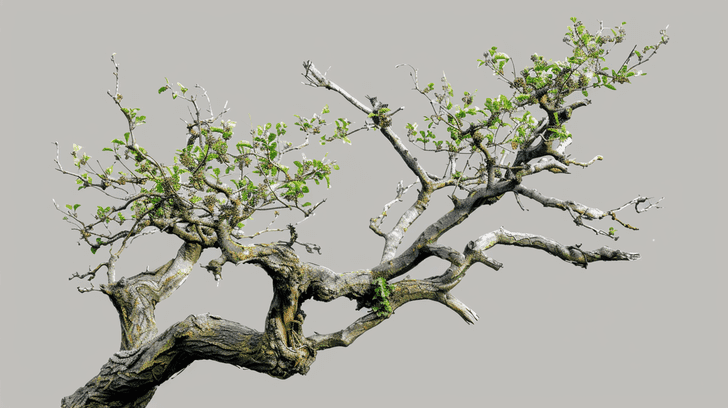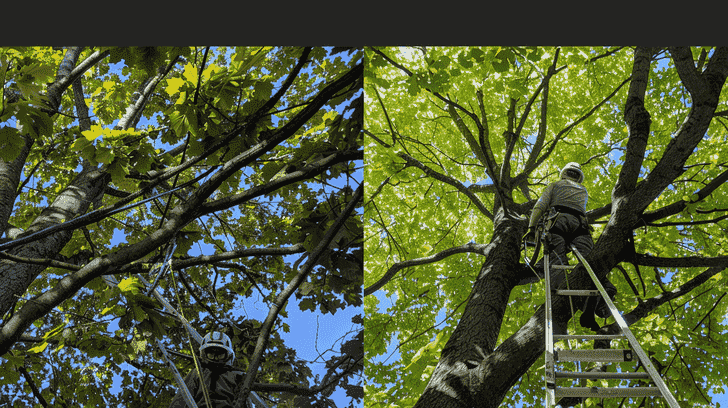Essential Guide to Pruning Cherry Trees for Optimal Growth
You’re about to discover the key to a thriving cherry tree! Pruning is essential for excellent growth, fruit production, and disease resistance.
Different cherry tree types, like sweet and sour, require unique pruning techniques. Timing is also vital – prune during the dormant season to avoid stress and promote healthy growth.
With the right tools and approach, you’ll encourage blooming, fruiting, and a strong branch structure.
Now, take the next step to master the art of pruning cherry trees and discover the best techniques to maximize its potential.
Why Prune Cherry Trees?
When you neglect to prune your cherry tree, you’re inviting a host of problems, from reduced fruit production to increased disease susceptibility. Failing to prune a cherry tree can lead to a decline in its overall health and productivity.
To avoid this, you need to prune your cherry tree regularly, especially during the dormant season in late winter. This is the ideal time to prune, as it allows you to remove diseased or damaged branches without harming the tree.
Using sharp pruning shears, carefully cut away any dead or diseased branches to promote healthy growth and fruiting. By pruning your cherry tree, you’re ensuring a fruit-bearing tree that will thrive for years to come.
Types of Cherry Trees
Identifying the specific type of cherry tree you’re growing is important, as different varieties respond uniquely to pruning techniques.
You may have a sweet cherry (Prunus avium) or a sour cherry (Prunus cerasus), each requiring distinct pruning approaches.
Dwarf cherry cultivars, bred for compact growth, need specialized pruning to maintain their shape. As a fruit tree enthusiast, understanding your cherry tree’s characteristics will help you prune effectively.
With over 1,000 known cherry tree cultivars, it’s essential to recognize your tree’s specific needs. By knowing your tree’s type, you’ll be better equipped to prune for optimal growth, fruit production, and overall health.
This knowledge will guide your pruning decisions, ensuring your cherry tree thrives under your care.
When to Prune Cherry Trees
Timing is crucial, as cherry trees are most receptive to pruning during their dormant season, typically between late winter and early spring, when cold temperatures have slowed down their growth.
This is the best time to prune cherries, as the tree is dormant, and pruning won’t interfere with its growth.
| Season | Pruning | Notes |
| Late Winter | Best time to prune | Cherry trees are dormant |
| Early Spring | Good time to prune | Growth has slowed down |
| Summer | Avoid pruning | Trees may be stressed |
| Fall | Avoid pruning | Cherry tree needs energy |
Plan to prune your cherry tree during the dormant season to ensure optimal growth.
Summer pruning can be stressful for trees, and fall pruning can divert energy from fruit production.
By pruning at the right time, you’ll promote healthy growth and maximize your cherry harvest.
How to Prune Cherry Trees
You’re now ready to learn the specifics of pruning your cherry tree.
To get started, you’ll need to gather the right tools.
Then, it’s time to master the pruning techniques that will help your tree thrive.
From there, you’ll apply those techniques differently depending on whether you’re working with a young tree or a mature one.
Tools Needed for Pruning
To prune your cherry tree effectively, gather the following essential tools: a pair of sharp, clean hand pruners for trimming smaller branches, loppers for thicker branches, and a pruning saw for larger limbs.
These tools will help you prune your cherry tree with precision and ease.
| Tool | Use |
| Hand Pruners | Trimming smaller branches |
| Loppers | Cutting thicker branches |
| Pruning Saw | Cutting larger limbs |
With these tools, you’ll be well-equipped to prune your cherry tree like a pro. Remember to always disinfect your tools between cuts to prevent the spread of disease.
By having the right tools, you’ll be able to prune your cherry tree with confidence and precision, promoting healthy growth and maximizing fruit production.
Pruning Techniques
When pruning your cherry tree, identify the central leader, the main vertical stem, which should be the tallest and strongest branch, and work outward to maintain a balanced canopy. This scaffold branch will guide the tree’s growth and fruit production.
Next, remove any dead, diseased, or damaged branches, as these can hinder growth and reduce fruit yield. Cut back lateral branches to encourage bushy growth and promote a strong framework.
In the dormant season, prune your cherry tree to promote blossom and fruit growth. Pruning techniques like thinning and heading cuts will help control the tree’s size and shape, allowing for optimal growth and fruit production.
Pruning Young Trees
As you begin pruning your young cherry tree, focus on establishing a strong central leader and a well-balanced scaffold system.
This will help your tree develop a sturdy trunk and a symmetrical shape, allowing it to support the weight of future fruit production.
During the growing season, prune your young cherry tree to promote new growth and encourage a strong canopy.
Pruning Mature Trees
How do you guarantee your mature cherry tree continues to thrive and produce abundant fruit, given its complex branch structure?
To prune a mature cherry tree, start by removing any dead, diseased, or damaged branches. Cut back any crossing or rubbing branches to improve air circulation and reduce the risk of disease.
Identify the fruit-bearing wood, which is usually last year’s growth, and prune it back to encourage new growth. Cut back side shoots to about one-third to promote a strong, central leader. Prune the branch tips to encourage bushy growth and a strong trunk.
Remove any weak or spindly growth, and thin out the center of the tree to allow more sunlight to reach the fruiting branches.
FAQ
When should you trim a cherry tree?
When it comes to timing, pruning your cherry tree at the right moment is essential, and ideally, you should trim your tree during its dormant season, which typically falls between late winter and early spring.
This allows the tree to heal quickly and minimizes the risk of disease. Pruning during the dormant season also promotes healthy growth and fruit production.
| Season | Pruning | Effect on Tree |
| Dormant (Winter-Spring) | Prune branches | Promotes healthy growth and fruit production |
| Active (Summer-Fall) | Avoid pruning | Interferes with fruit production and growth |
| After Harvest | Trim fruiting branches | Encourages new fruiting branches |
| Any Time | Remove dead/diseased branches | Prevents disease spread and promotes healthy growth |
What to do with an overgrown cherry tree?
Restore your overgrown cherry tree to its former glory by tackling the pruning process in stages, addressing the most critical issues first.
Start by identifying and removing any dead, diseased, or damaged branches, as these can hinder the tree’s growth and create an entry point for pests and diseases.
Here are three key areas to focus on:
- Thin out the canopy: Prune branches to allow more light and air to reach the inner branches, promoting healthy growth.
- Remove suckers: Cut off any shoots growing from the trunk or roots, as they take energy away from the rest of the tree.
- Shape the branch structure: Prune branches to maintain a strong, balanced framework, ensuring the tree grows upright and evenly.
How much can you prune a flowering cherry tree?
You’ll need to determine the right pruning ratio for your flowering cherry tree, as over-pruning can stress the tree and reduce blossoms, while under-pruning can lead to a leggy, unbalanced shape.
Aim to remove around 20-30% of the tree’s canopy to maintain a healthy balance.
Focus on cutting back weak or damaged branches, as this will encourage new growth and promote fruit production. When pruning, make clean cuts just above a bud or a lateral branch, and remove any crossing or rubbing branches.
As a gardener, it’s essential to prune your cherry tree regularly to maintain its shape and promote blooming.
By pruning correctly, you’ll encourage your tree to produce more blossoms and fruit, while maintaining a strong, healthy trunk and branch structure.
Can you cut a branch off a cherry tree and plant it?
By taking a cutting from a healthy cherry tree branch, you can propagate a new tree, but it’s important to do so correctly to make sure the cutting takes root and grows into a thriving tree.
When pruning, choose a stem section with at least two nodes, or the points where a leaf meets the stem. Cut just above a node using a sharp, clean tool to prevent spreading disease.
Here are some essential tips to keep in mind:
- Take 6-8 inch cuttings: This length allows for enough stem to plant and still have room for growth.
- Remove lower leaves: Leave only a few leaves at the top to reduce transpiration and promote root growth.
- Plant immediately: Get your cutting in the ground or a pot as soon as possible to increase the chances of successful rooting.
Conclusion
You’ve now mastered the art of pruning cherry trees for ideal growth. By following these guidelines, you’ll be rewarded with a bountiful harvest and a visually stunning tree.
Did you know that cherry trees can produce fruit for up to 100 years with proper pruning and care? With regular pruning, you can enjoy a century of delicious cherries from a single tree.
Happy pruning!







